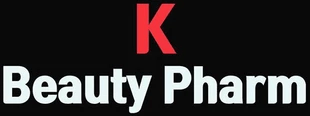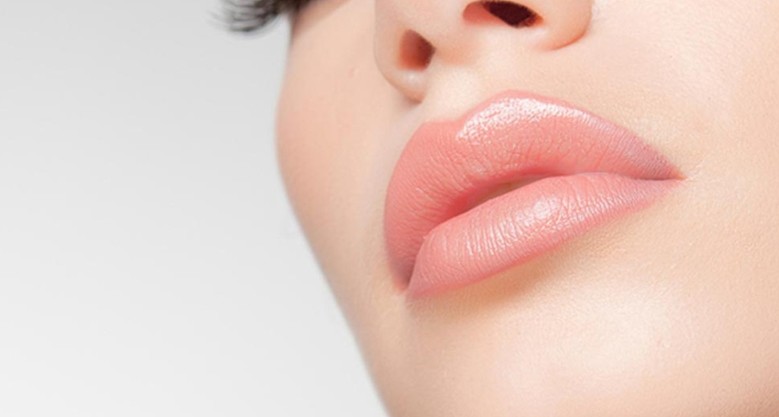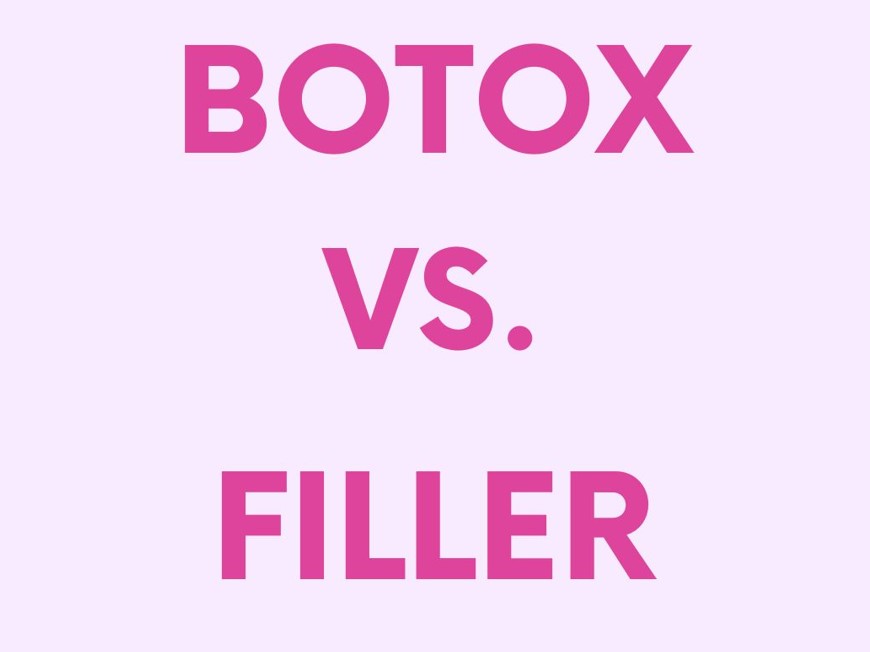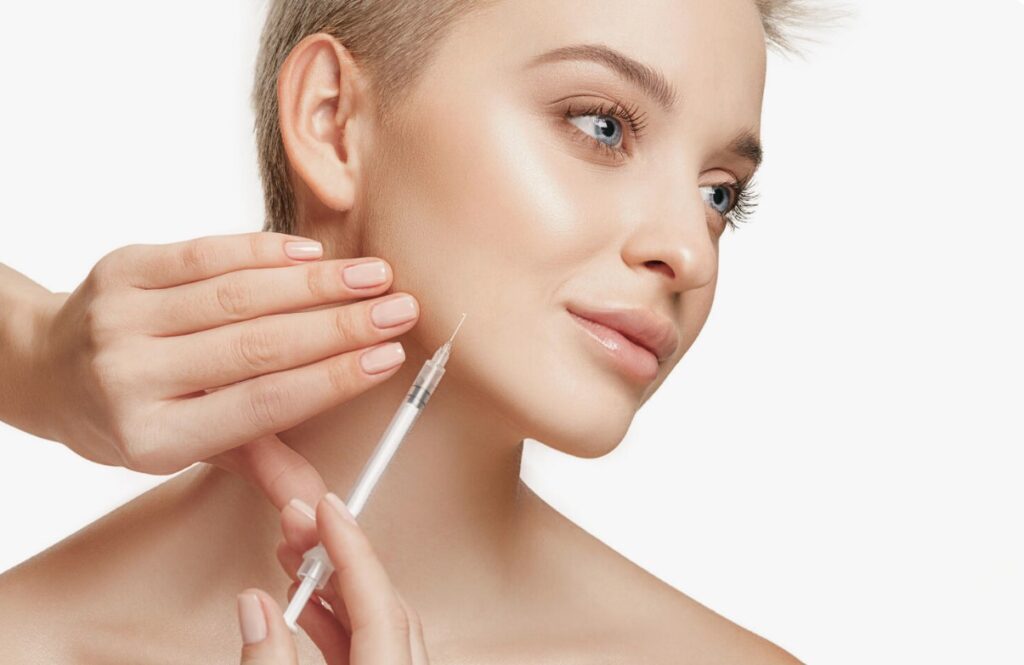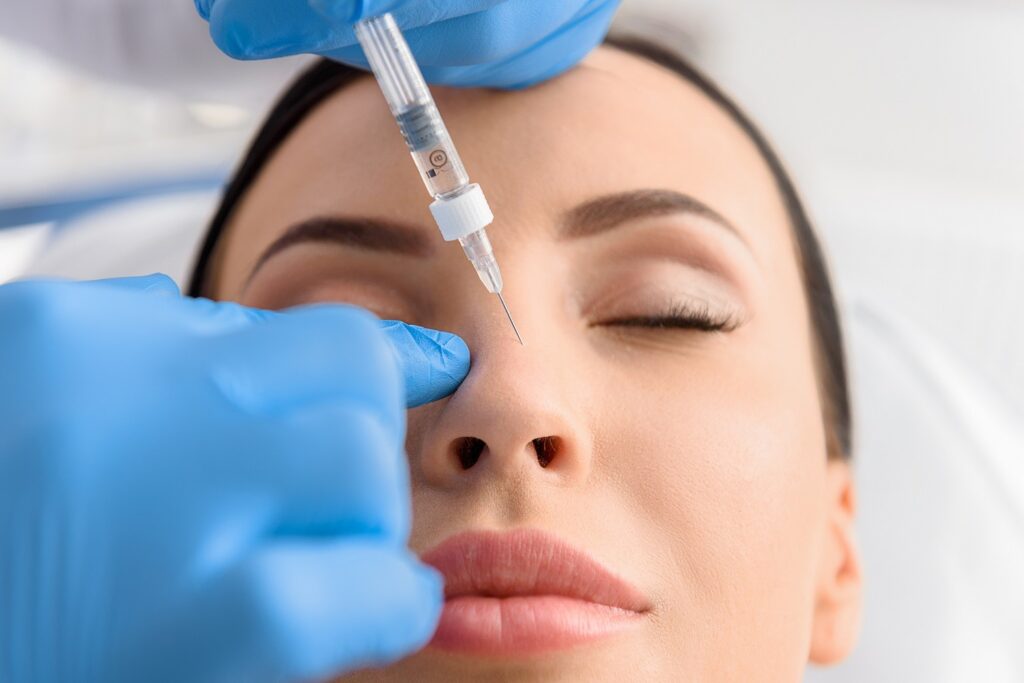FREE SHIPPING OVER $600 MINIMUM ORDER $400
Nabota Vial Looks Empty? How to Safely Reconstitute Nabota
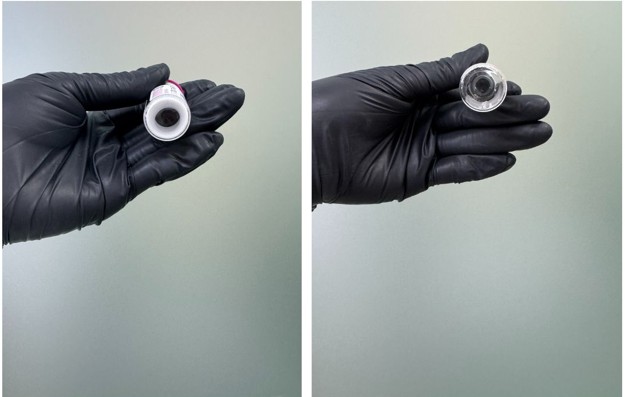
Nabota, a botulinum toxin type A product, is widely used for cosmetic and medical purposes. Whether treating facial wrinkles and frown lines or addressing conditions like excessive sweating, Nabota is a popular choice for non-surgical treatments. However, one common concern for professionals is when the Nabota vial looks empty. You may wonder if it’s time to discard the vial or if it still contains the necessary solution for use.
Nabota Vial and Its Contents
Nabota is a purified form of botulinum toxin type A, which works by temporarily paralyzing specific muscles to treat wrinkles and other conditions. The product typically comes in a small glass vial that contains a powder. When the vial appears empty, it’s important to remember that this powder may be difficult to see because it’s often very fine and translucent.
When handling Nabota, professionals should understand that the vial may look empty but still contain the active botulinum toxin powder. Reconstituting this powder with saline solution is necessary to make the toxin usable for injection. This ensures that the botulinum toxin can be injected safely and effectively, without losing its potency.
How Nabota Differs from Other Botulinum Toxin Products
It’s important to understand how Nabota compares to other botulinum toxin products, especially vial appearance.
- Botulax: When you examine a Botulax vial, you’ll typically see a white powder at the bottom. This appearance results from the specific formulation and how the botulinum toxin is presented in the vial. The powder is easily recognizable to the naked eye.
- Nabota: Nabota’s powder is often nearly invisible to the naked eye. As a result, when you look at a Nabota vial, it may seem empty, particularly if you’re accustomed to seeing other botulinum toxin products with visible powder. This difference in appearance can cause confusion about whether the vial actually contains the product.
Understanding this difference is crucial for ensuring that you don’t prematurely discard the vial. Despite its invisibility, the vial still contains the botulinum toxin that is effective for your treatments, so it’s important to proceed with reconstitution.
What Happens When Nabota Vial Appears Empty?
- Small volume: Nabota vials contain a small amount of botulinum toxin powder, which can be hard to detect with the naked eye. This is common with many botulinum toxin products, and it doesn’t mean the vial is empty.
- Air bubbles: Sometimes, air bubbles in the vial can create the illusion that the vial is empty, even though the powder is still present.
- Sediment: If the powder has settled at the bottom, it might be challenging to see it clearly. However, shaking or swirling the vial will often reveal the powder.
Before discarding the vial, ensure that you’ve checked the vial for these factors. The vial might not be empty, and all it needs is a little agitation to reveal the product.
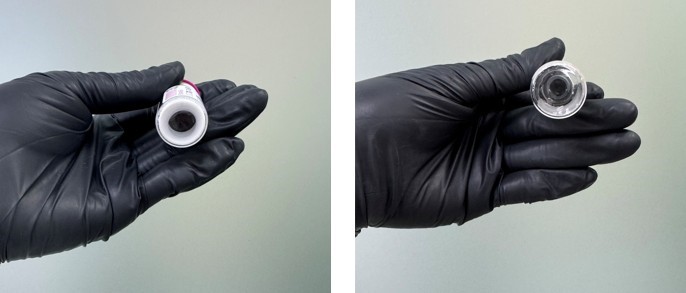
BOTULAX NABOTA
How to Safely Reconstitute Nabota
Reconstituting Nabota from an “empty” vial is a straightforward process, but it requires precision to ensure the product is used correctly and safely. Here’s a step-by-step guide:
- Prepare Your Equipment:
- Ensure you have all necessary tools: sterile saline solution, a syringe, a needle, alcohol wipes, and gloves.
- Gather everything in a clean, sterile environment to prevent contamination.
- Sanitize the Vial and Rubber Stopper:
- Before handling the vial, use alcohol wipes to disinfect the rubber stopper on the vial. This prevents any contamination when inserting the needle.
- Add the Saline Solution:
- Use the correct saline solution to reconstitute the Nabota vial. The volume of saline solution added depends on the manufacturer’s instructions and the desired strength of the product. Typically, you’ll add anywhere between 1–2 ml of saline.
- Mixing the Solution:
- Gently swirl the vial to mix the saline with the botulinum toxin powder. Never shake the vial as it can damage the botulinum toxin, reducing its effectiveness. Swirling helps dissolve the powder without disrupting its structure.
- Check the Solution:
- After mixing, check the solution’s clarity. It must be clear and free of any particles. If you notice any cloudiness or clumping, do not use the vial, as the product may have been compromised. A smooth, clear solution indicates the botulinum toxin has properly dissolved.
Key Tips for Safe Reconstitution and Handling
When reconstituting Nabota, following these key tips will ensure the product is safe and effective for use:
- Avoid Over-Agitation: Do not shake the vial. Always swirl gently to prevent damaging the toxin.
- Use the Correct Saline: Only use sterile saline for reconstitution, and avoid any saline not specifically recommended for use with botulinum toxins.
- Temperature Sensitivity: Nabota should be stored at appropriate temperatures. Avoid extreme heat or cold, as this could degrade the product.
- Storage After Reconstitution: After reconstituting Nabota, the solution should be used within a few hours. If you must store it, keep it in a refrigerator and use it within the timeframe specified by the manufacturer.
Conclusion
Reconstituting Nabota from a seemingly empty vial is a crucial step in delivering effective treatments. Although the vial may appear empty because the powder is not visible, it still contains the botulinum toxin necessary for your procedure. By using proper reconstitution techniques and avoiding common mistakes, you can enhance the product’s efficacy and safety. Safe handling and careful reconstitution will ensure that Nabota provides the best results for your patients.
